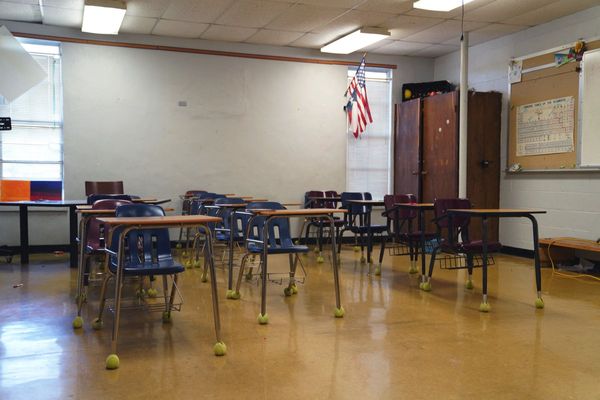The Batavia shipwreck is revealing new details about the Dutch master shipbuilders of the 1600s.
The ship sank off the coast of Western Australia on its maiden voyage in 1629.
In the 1970s it was lifted from the sea bed and is now displayed at the WA Maritime Museum in Fremantle.
It is the only surviving 17th-century ship from the Dutch East India Company.
Lead author, associate professor Wendy van Duivenvoorde from Flinders University, said the vision of the WA Museum to lift and conserve the ship had created an international historic record for tree-ring studies.
Dr van Duivenvoorde said the researchers were able to take more than 100 samples from the timber hull.
"These are really beautiful oak that were easily 300 years old," she said.
She said a ship like the Batavia would use at least 700 trees.
Dr van Duivenvoorde said the master shipwrights of the 1600s were very selective in the timber used, with Baltic oak preferred for the hull, which sat below the waterline.
"It was such good wood, it would have protected the cargo really well and made a really strong underwater ship," she said.
"Above the waterlines, we see mainly timber from Germany, and that's a different type … still slow-grown, but it's a different type of quality oak.
"It's mainly Saxony and Lubeck [oaks] that we see there."
The research work is continuing on another shipwreck off the WA coast, the Gilt Dragon, discovered in 1963.
The full research paper can be found here.







